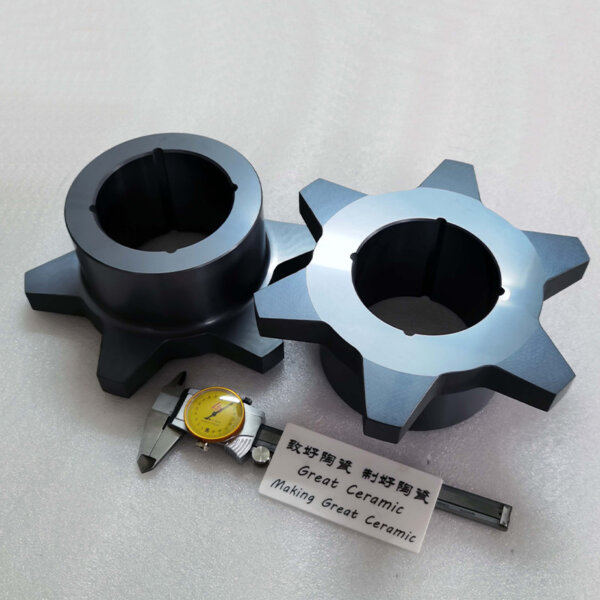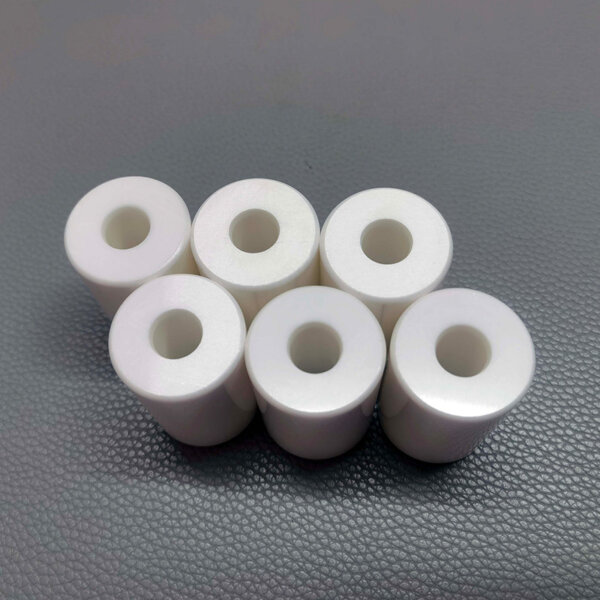What is Thermal Shock Resistance?
Ever wondered why that fancy ceramic mug survived a hot cup of coffee but your last one didn’t? It all boils down to the thermal shock resistance of ceramics. This fancy term basically refers to a material’s ability to withstand sudden temperature changes without cracking or breaking. Think of it like your grandmother’s wise words: “Make sure you don’t put a cold pot on a hot burner!” Easy to say but tough to master, right? The ceramic materials engineered with higher thermal shock resistance can absorb sudden heat changes better, making them ideal for a range of applications from kitchenware to pottery. So, when you’re out shopping, keep an eye on those labels; they might just save you from a kitchen disaster!

Understanding Thermal Shock Resistance Meaning
Before we grab our science books, let’s break down the thermal shock resistance meaning in plain English. It’s about how well a ceramic can tolerate thermal stress, which can happen during cooking, firing, or even just when moving it from one extreme environment to another. If you’re working with ceramics, understanding this concept is critical. Look for materials that can withstand such thermal stresses to ensure your creations remain intact, whether you’re whipping up a gourmet meal or crafting an artsy vase. The implications stretch far beyond just your kitchen—could also lead to innovations in sectors like aerospace and dentistry. You’ll find that the right ceramics can outlast your average home décor item.
Thermal Shock in Ceramics
When we discuss thermal shock in ceramics, it’s important to consider how materials react to thermal stress. The phenomenon occurs when a ceramic is subjected to rapid temperature changes, leading to differential expansion and contraction. This can result in cracks or even catastrophic failures, particularly in the ceramic products used in high-heat environments like kilns or furnaces. To mitigate these issues, manufacturers focus on creating ceramics with high thermal shock resistance. This can extend the lifespan of products used in extreme conditions, which is key for industries relying heavily on durable materials. When shopping or sourcing, remember: not all ceramics are created equal, so choose wisely!

Conclusion and Recommendation
In summary, understanding the thermal shock resistance of ceramics can significantly influence your choices, whether in the kitchen or industry. From grasping the thermal shock resistance meaning to comprehending thermal shock in ceramics, having this knowledge can save both time and money. When it comes to selecting high-quality, durable ceramics, your best bet is turning to Great Ceramic. Their expertise in manufacturing materials with exceptional thermal shock resistance guarantees that your investments will stand the test of time, no matter what temperature changes come your way!
